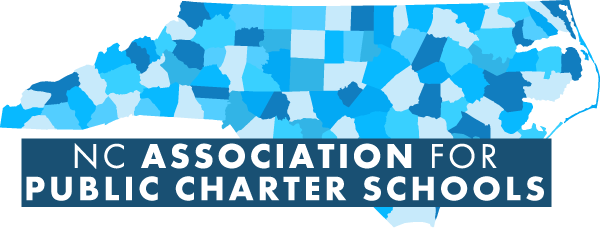In response to the Opinion piece written by Tom Campbell and published in the Wilmington Star News on March 10, 2024, we have the following to say:
Tom Campbell’s March 10 article on the purported failures of our state’s public
education system features some unfortunate but common myths about North Carolina’s
charter schools. The most dangerous and harmful falsehood that Mr. Campbell
presents is that charter schools can be “essentially segregated, not just by race but also
by socioeconomic and academic criteria.”
Not only is this untrue, but as any parent who has applied for their child to attend a
charter school can tell you, the mechanism by which such segregation could potentially
take place does not exist. All initial charter admissions processes are conducted via a
lottery system that is 100% blind to the factors that Mr. Campbell names as a means of
segregation. Socioeconomic status is the only exception, as the Legislature enables
charters to weight their lotteries in favor of socioeconomically disadvantaged students
so that more of those applicants can be served.
Charters were never intended to replace traditional district schools but to supplement
them with innovative best practices. For charter schools that receive certain federal
funding in North Carolina, programs such as NC ACCESS have been enthusiastically
implemented by the charter sector as a means to ensure that more socioeconomically
disadvantaged students are enrolled in charter schools and that more best practices are
shared between charter and traditional schools.
Charter schools are free, public and open to all. To suggest otherwise is not only false
but negligent. Charters have been serving their purpose since 1996 and will continue to
do so.
-Rhonda Dillingham, NCAPCS Executive Director


